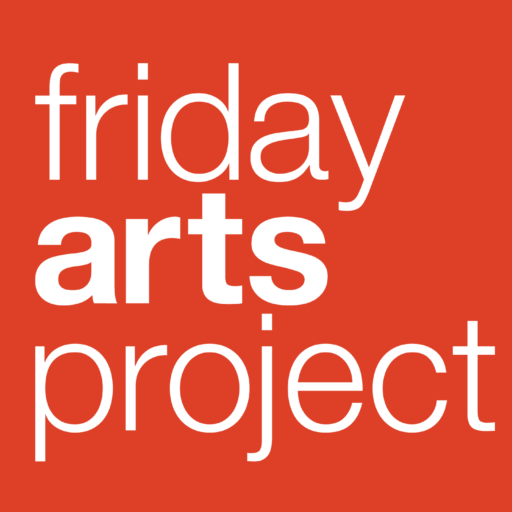Who’s Afraid of Modern Art by Daniel Siedell – Chapter 3, “The Art World” (all quotes, unless otherwise indicated, are from the book)
 From a previous discussion: “…the stakes in the art world are existentially high and therefore inherently theological: the institution of art is the means by which many of its participants bring order into their lives, justifying their very existence to another – the world, themselves, or God.” p49
From a previous discussion: “…the stakes in the art world are existentially high and therefore inherently theological: the institution of art is the means by which many of its participants bring order into their lives, justifying their very existence to another – the world, themselves, or God.” p49
Quote:
“Art is about discontinuity and contradiction, which is how grace is experienced in the world; an alien intrusion into a world too used to telling us that we are defined by what we do, not by what we have received. And so we are compelled to prove ourselves, to make something that justifies our existence to God, the world, and ourselves. But art is not just doing and making; it is first receiving and hearing. It is the devotion of one’s life to something so futile, inefficient, and in many ways useless, that it counterintuitively becomes a means of grace, a means of experiencing our humanity and individuality as a gift.” p62
Question: What does Siedell mean? And do you agree or disagree?
Quotes:
“Cities have attracted artists, musicians, writers for centuries. Patronage, an educated audience that values arts, and…a robust community of creative peers to encourage and challenge artistic practice, have made cities fundamental to the history of art…Cities, with their concentration of doers and achievers, with their narratives of do-it-yourself success stories full of those obsessed with going from good to great, can pose challenges to cultivating a passivity and receptivity that is absolutely necessary for artistic practice. Nevertheless, the city is indispensable for artistic practice. An artist cannot develop without concentration, the creative density that cities offer.” p60 & 61
“However, the artists and writers…at crucial moments in their careers, left the dynamic urban centers for the country. Herman Melville left Manhattan in 1850 for a 160-acre farm in Pittsfield, Massachusetts, to write his masterpiece Moby-Dick. Norwegian painter Edvard Munch left Berlin and its fertile bohemian avant-garde community in 1909 for a solitary, rural life in his native Norway; Abstract Expressionist Jackson Pollock left New York City in the late 1940s for the rural setting of The Springs, Long Island, followed by friend Willem de Kooning in the late ‘50s. And many more – Henry David Thoreau, Robert Frost, Robinson Jeffers, Anselm Kiefer – have left the city to do their most important work.” p60
“What are we to make of this move of the artist from the city to the country, from the urban center to the rural periphery, from community to isolation?” p60
Questions: Answer Siedell’s question?
Quote:
“Yet the blessing of intense concentration is also a curse. It can limit the scope of the artist’s experience to seasonal fashion, force him to be responsible to what’s perpetually new…And the institutional, social aspects of artistic practice – going from events, meeting the right people – can gradually become the content of an artist’s work, as he or she becomes an art world “insider” rather than an artist.” p61
“The country can also offer a means by which the artist restores her work to a large, more diverse fabric of work. The intense concentration in the city tends to narrow the artist’s vocational vision – everyone she knows is an artist, critic curator, and drawing a paycheck from the art world…In the country, the artist befriends the mechanic, gets to know the dairy farmer or beekeeper down the road, and begins to think about making her paintings in the context of producing honey, milk, and getting the car to run.” p62



